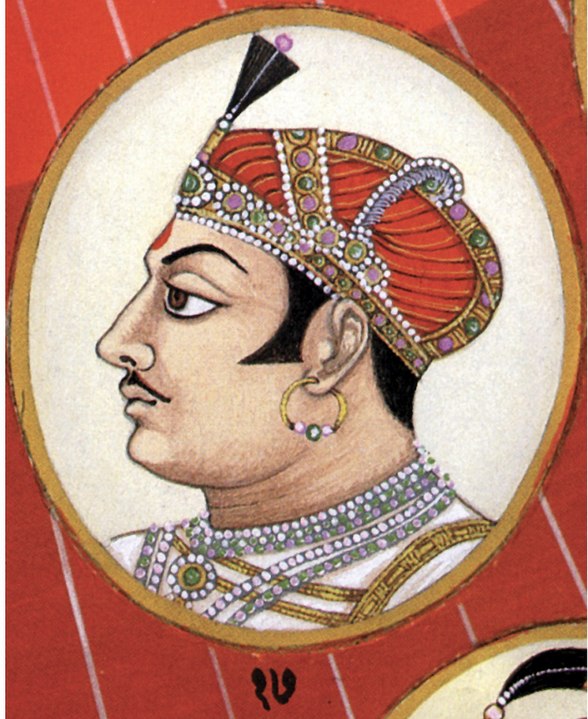Maharana Mokal Singh was the Maharana of Mewar Kingdom. He was the son of Maharana Lakha Singh. Like his father, Maharana Mokal was an excellent builder. He not only finished the buildings started by his father Lakha but also erected several new ones. The King Bhoja Parmar-built Temple of Samadhishvar, also known as Mokal Ji Ka Mandir, was repaired by him.
Background
Lakha Singh’s wife Hansa bai, a princess of Mandore, gave birth to Mokal, who was Lakha Singh’s younger son. His mother was first engaged to Lakha’s eldest son Prince Chunda Sisodia. Chunda was not in court when the party from Mandore arrived in Chittor to formally announce the engagement.
The elderly Lakha made fun of the delegation, saying that it was clear the proposition was not intended for a “greybeard” like him. The proud prince rejected the marriage when Chunda later learned of the remark because he could not accept a proposal that his father, even in jest, had publicly rejected.
Hansa Bai’s powerful family pushed the elderly Maharana to marry the princess himself after he was unable to convince his son to change his decision. In exchange, Chunda was compelled to surrender his position as the heir apparent to Hansa Bai’s eldest son.
Reign of Maharana Mokal Singh
The fourth Maharana of Mewar, Lakha, died in battle, leaving the young Mokal as his heir. As promised to Rana Lakha, his oldest brother Chunda Sisodia started to manage the situation because he was a minor. But Hansa Bai, Mokal’s mother, disapproved of Chunda’s power over the Mewar nobility. She suspected his intentions and questioned his morality.
Chunda was forced to withdraw to Mandu, the Malwa kingdom’s capital, by her rage. To manage the situation on Mokal’s behalf until he reached adulthood, Rani Hansa Bai enrolled the aid of her brother Ranmal.
Maharana Mokal ruled Mewar for a brief period before becoming known as the most renowned warrior of his kind. He expelled the Delhi Sultanate from India and conquered Nagour, Gujarat (Sayyid dynasty). But most significantly, he worked to complete palace projects started by his father, Maharana Lakha, and he planned to construct additional beautiful buildings.
Death and Succession
At the young age of 24, his assassination by his paternal uncles Chacha and Mera in 1433 put an end to a great Maharana in the making.
During the time of Mokal’s passing, Rana Kumbha, who was just 13 years old, rose to the throne at a pivotal point in Mewar’s history. After his father’s untimely passing, the young Kumbha may have faced the worst possible circumstances, but thanks to the courage and foresight of Maharana Mokal, he was motivated to become one of Mewar’s greatest kings.

